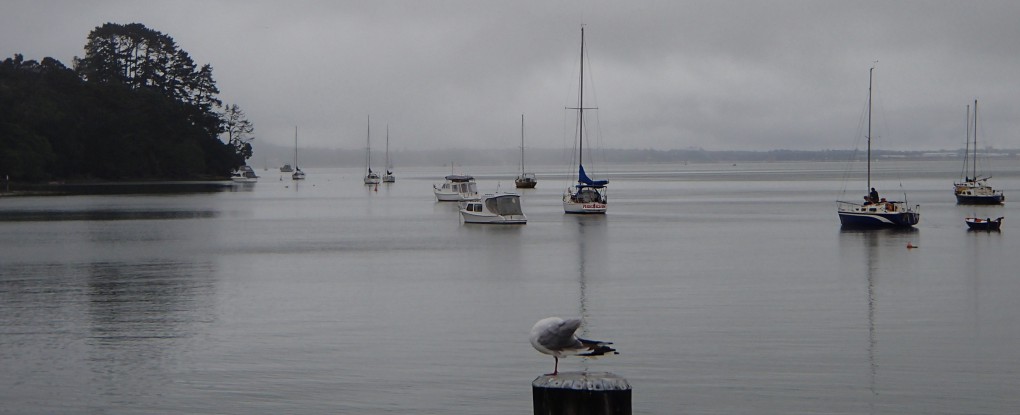It’s been a long time since I’ve posted. Been busy doing things, I will have to catch up on the last few months of boat life but I’ve also started writing articles for the marina newsletter. Here is the first of them.
A Beginner’s Guide. Mooring Lines.
By The Galley Wench
As a relatively new boat and berth owner I’m setting out to find out some of the things I should be doing and how to do them properly by asking the people who should know, things that many of you will already know but hopefully there will be some that you don’t. If there is anything that you want to know about or to correct what I’ve being told please get in touch.
With winter upon us I’ve decided to check my marina mooring lines.
Depending on your insurance company and policy you could find that you are not covered for the damage if your boat breaks free from sub-standard mooring (something else to check).
Except in an extreme emergency (e.g. if your vessel is causing damage to others) marina staff aren’t able to come aboard your boat and make lines secure without your permission so it is a good idea to keep your contact details up to date.
As a berth holder I am responsible for the mooring lines attaching my boat to the Pier. The Marina Operator is responsible for all other marina hardware and pick up lines.
Starting with the lines;
Good quality laid polyester rope is the best as it doesn’t lose strength when it’s wet and is resistant to UV damage and it doesn’t float (which is a marina requirement). If you’re piers A-E, (a berth up to 12m) then they should be 16mm and for the larger, heavier vessels on F pier, 16mm or 20mm and on G, 20mm.
The recommendation is not to use thimbles and shackles to attach lines, they are a point of wear and often end up corroded and at risk of either breaking or damaging the line. If there is a shackle on the pile float line there is also the risk of scratching your boat if you run along it when you enter or leave the berth. A shackle wears out the line much faster than the smooth stainless steel on the pile float.
Having lines that are the right length with spliced loops at both ends make it easy to attach the line to the dock and to drop over a cleat on the boat when you come in to your berth. Slipping a length of plastic tube over the end of the line will reduce chaffing; a piece of slit tubing over the toe rail will do the same. Relatively speaking there is no strength in old halyards or sheets and using them to lengthen mooring lines is not advisable.
To make it easy to pick the lines up and to keep them out of the way use a thinner line to attach them to the pick-up line running from the pole to the pier.
Set the lines so that the boat can move a little in the berth, if possible, as this will prevent the boat snatching which is neither comfortable if you are on board, or good for the cleats.
A spring line will not only help hold the boat more securely in place but depending on how they are set up can be really helpful when coming in to the berth. One suggestion is to have the spring attached to the ring on the pile float making it easy to pick up when you come in. If it’s possible, attach it to a cleat or winch on the boat that doesn’t have another line on it.
I’m going to be checking my lines for signs of wear, removing a rather rusty shackle, checking that all the fittings on the dock and cleats on the boat are still in good solid order and, if I need to, for the sake of a few hundred dollars get some new lines made. It’s not just about the damage that could happen to my boat but to the one in the next berth, knowing that everything is secure and in good order when I leave the marina means I don’t have to come and check my lines before the next big storm or put people at risk when they do attempt to secure my boat during that storm. It’s also worth noting that not all rental berths have lines suitable for your vessel so if you’re doing a lot of cruising it may be worth carrying a spare set.
The marina staff are always happy to assist with any rope or hardware issues that you may have and there are several local businesses that can supply lines and offer advice.
Thanks to Steve McCabe and Shane McInnes for your help writing this article.
